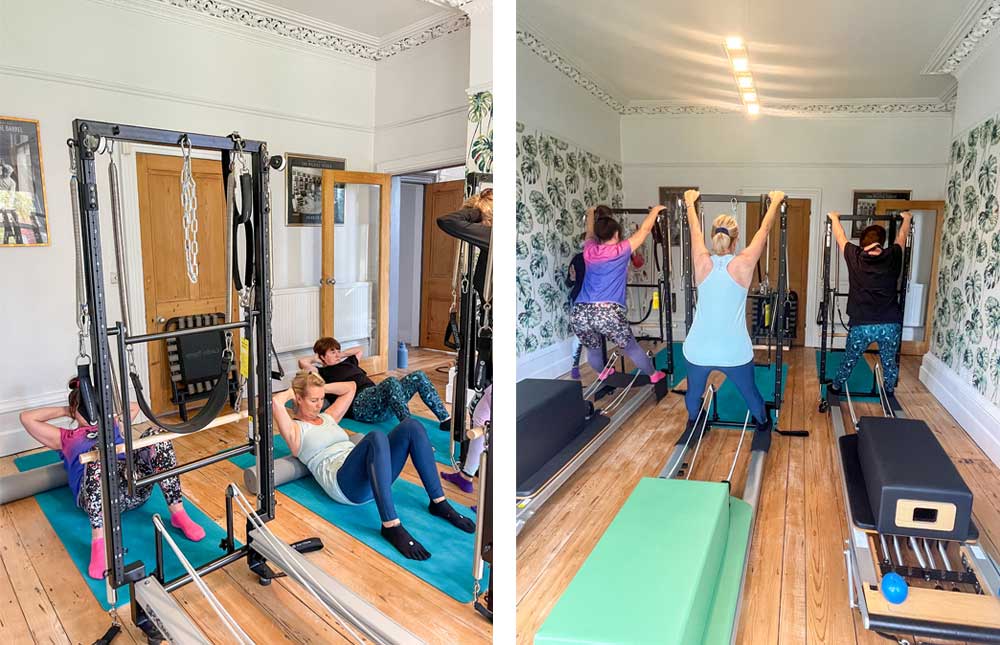
There is no doubting back pain is a big problem in the modern world.
Our sedentary lifestyle, combined with our allopathic approach of merely treating symptoms, has led this injury to reach a point where 9 out of 10 adults now experience back pain at some point in their life.
For many years now we have been convinced to believe that strong abs means a strong core, and will prevent back pain. Even therapists and Doctors have been known to prescribe planks and abdominal exercises to treat back pain with this same type of thinking. We must realise that strength of the abdominal muscles WILL NOT change the faulty movement that leads to injury and pain. Your body will instantly sacrifice any strength if it only knows how to move with the same dysfunctional movement it has always used. You must identify and change the faulty movement patterns linked to the injury to have any chance. In this article we will explain why learning to move better is more important to you than strength of your abdominal muscles if you have back pain.
The important principles of Pilates are consistent with an exercise one to one program that promotes backcare and back pain treatment. In particular, learning awareness of neutral alignment of the spine and strengthening the deep postural muscles that support this alignment are important skills for lower back pain relief patients.
Patients with lower back pain stemming from excessive movement and degeneration of the intervertebral discs and joints are particularly likely to benefit from a Pilates exercise program. In addition, postural asymmetries can be improved, thus decreasing wear and tear resulting from uneven stresses on the intervertebral joints and discs.
One to one backcare Pilates improves strength, flexibility and suppleness of the muscles of the hip and shoulder girdle and is effective in backpain treatment. Fluid and supported movement through these joints helps prevent unnecessary torque on the vertebral column.
Back/spine rehabilitation package includes:
- Chek assessment and measurements statically and dynamically
- Spine/back assessment
- Nutrition and lifestyle assessment
- Advanced program design rehab program
- A 6-24 month action plan
- Weekly training sessions at our studio
- Re assessment every 8 weeks
As a general rule, backcare patients should avoid exercises that push the spine into extremes of flexion or extension, or combine flexion with side bending or twisting the spine. These motions place excessive stress on the intervertebral discs. Also, it is important to avoid fatigue-either mental or physical-which is when proper form is lost and injuries more likely to occur.
